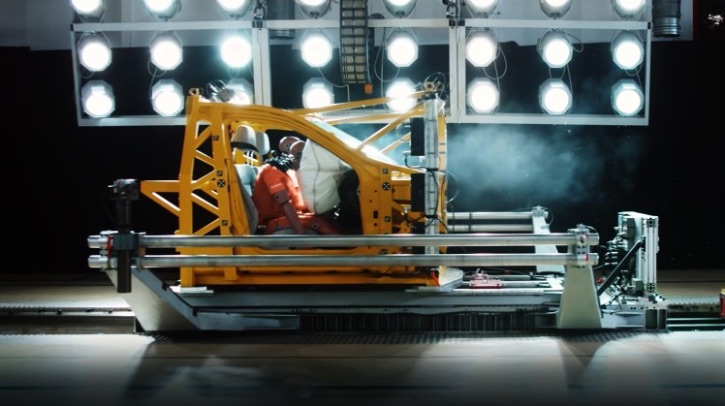ZF Lifetec is exploring innovative crash test methods such as virtual tests to improve occupant safety. The brand also aims to reduce vehicle development times with the new crash test methods.
It tests seatbelts, airbags and steering wheels under the toughest conditions to guarantee the highest quality standards, and aims to adapt occupant safety to real-life accident scenarios and thus reduce the consequences of road traffic accidents.
ZF Lifetec carries out more than 50 dynamic tests per day worldwide. Digital test and validation procedures have been added recently. A range of solutions are available for this approach to occupant protection, which can only be developed and tested through a combination of physical testing and virtual validation.
To recognize and counteract critical dynamic loads, all dynamic loads on the belt system, including pre-crash dynamics, must be recorded. Developing this without a combination of real and virtual tests would require more time and resources.
“This is an attractive topic for the future because the adaptivity of restraint systems is specified by the NCAPs as a development goal in their current roadmap and rewarded accordingly in crash test evaluations,” said Harald Lutz, head of development at ZF Lifetec.
Another key area of innovation is testing expertise and equipment. ZF Lifetec has sled systems in five key markets (USA, Japan, Italy, China and Germany). All tests are reliably implemented by test engineers and technicians worldwide, in accordance with the requirements of agencies such as Euro NCAP, China NCAP, US NCAP, etc.
ZF Lifetec is using its experience and the data from previous tests to increasingly virtualize the testing process. To enable this, the company has developed the HyDRA (Hyper Dynamic Response Actuator) test bench, which enables quick and precise comparison with reality, validating a digital twin to promote shorter development cycles.


